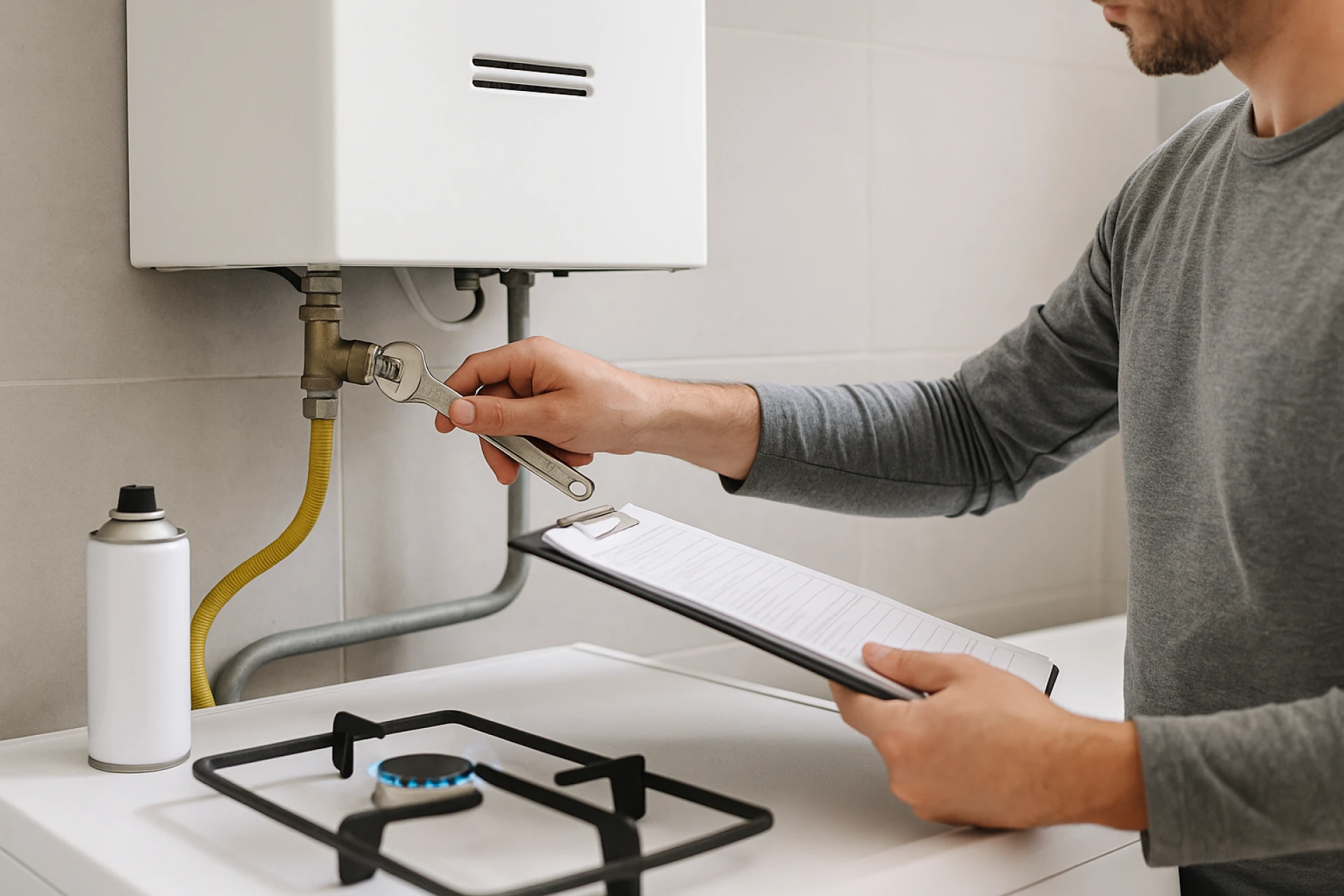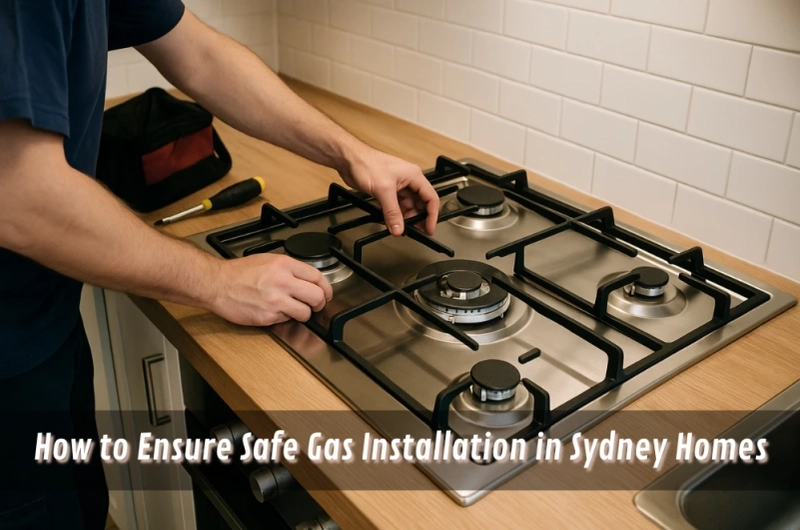There’s a kind of quiet reliability we come to expect from gas systems in the home. Whether it’s heating during colder months or consistent performance from a stovetop, the role of gas tends to go unnoticed—until something isn’t quite right. In homes across Sydney, gas appliances remain common features, but their reliability is only as strong as the quality of the installation itself.
The process of gas appliance installation Sydney is shaped by both technical standards and local safety regulations. It’s not just a matter of connecting parts; it involves correct pressure handling, proper ventilation, and detailed compliance checks. These details may seem minor at first, but they carry significant weight in the overall function and safety of the system.
Understanding the factors that contribute to a safe installation helps homeowners engage more confidently with what’s often an overlooked part of the home.
Why safety and compliance matter in every installation
Gas systems are built for reliability, but that reliability is conditional. An error during installation—something as simple as an incorrect connection or poor ventilation—can lead to major risks that aren’t always immediately obvious.
Licensed gas fitters in New South Wales are required to follow detailed standards for every installation, and those standards exist for a reason. Part of that requirement includes issuing a Certificate of Compliance once the work is complete. This certificate confirms that the job meets all regulatory and safety expectations.
Understanding what goes into those regulations can be useful for homeowners. NSW Fair Trading outlines the required gas compliance requirements, which include both technical specifications and administrative responsibilities. These guidelines create a shared understanding between tradespeople and residents about what safe and legal gas work looks like.
What to consider when choosing a gas fitter
Gas work isn’t something that benefits from shortcuts. The qualifications of the person doing the installation matter—not just for the outcome of the job but for the safety of everyone in the building. When looking at potential gasfitters, homeowners can check for key indicators:
- A current and valid gasfitting licence for NSW
- Familiarity with the type of system being installed (natural gas, LPG, or specific appliance models)
- Experience with similar residential settings
- Willingness to explain how the installation process will unfold
In some situations, an issue with gas may show up without warning. A burner not igniting or an odd smell from a heater could indicate a deeper issue. In cases like that, a local emergency plumber who also holds a gasfitting licence can be a valuable resource. It ensures that urgent work is completed both quickly and in line with required practices.
Signs that gas systems may not be operating correctly
Not every gas issue starts with a bang—many build up slowly and reveal themselves through small irregularities. Some signs to be aware of include:
- Yellow or flickering flames where blue flames are expected
- Unusual pilot light behaviour
- Soot or discolouration around vents or burners
- Persistent smells that don’t clear after ventilation
While these indicators don’t always point to a critical problem, they suggest that a system may not be functioning as intended. A licensed gas fitter can conduct a straightforward inspection, test for leaks, and assess whether an appliance needs servicing or replacement.
Routine vigilance on the part of the homeowner, paired with occasional professional checks, can keep systems operating efficiently and safely over time.
Understanding the installation process
Most gas appliance installations follow a structured, repeatable process, but the specifics can vary depending on the home and appliance type. Generally, installation includes:
- Reviewing the site layout and existing connections
- Confirming appliance compatibility with local supply systems
- Installing or adjusting pipework and fittings
- Testing for leaks and checking pressure levels
- Issuing compliance documentation
Each step supports the next. Skipping even one, such as omitting a leak test, can create conditions where faults are more likely to develop. Experienced gasfitters work through these checks efficiently, using calibrated tools and updated knowledge of local codes.
Maintenance: A practical habit, not just a precaution
Installation is only part of the story. Ongoing maintenance ensures that systems installed years ago continue to function properly. Even appliances that seem fine on the surface can develop wear that affects their performance.
Regular maintenance might involve:
- Cleaning and inspecting burners and connections
- Checking seals, flues, and valves for integrity
- Adjusting combustion if the flame quality has shifted
- Ensuring no obstructions affect airflow or ventilation
It’s often these small checks that prevent more significant faults. Even simple awareness, like noting when a system sounds different or performs inconsistently, can prompt early intervention.
For general household awareness, there’s real value in keeping up with publicly available natural gas safety tips. These cover basic behaviours around ventilation, appliance use, and emergency responses without going deep into technical detail.

Final thoughts: Responsibility and readiness
Gas installation isn’t a background process—it’s a foundational one. The systems that heat water, cook meals, or warm living rooms all rely on setups that are safe, accurate, and legally compliant. It doesn’t require homeowners to become experts, but being informed helps build trust in the work being done.
For those managing a new build, an upgrade, or even just replacing a single appliance, it’s worth asking questions, reading the compliance documentation, and knowing what to expect from a professional service. The best results often come from straightforward planning and communication between the client and the contractor.
With proper installation, occasional checks, and a basic awareness of how gas systems work, homes can operate more safely and efficiently over the long term.


